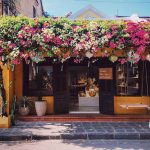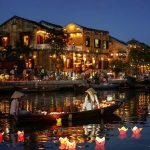Discover the rich history and cultural heritage of Hoi An by exploring its top 5 Hoi An Museums. From the Museum of Trade Ceramics to the Hoi An Museum of History and Culture, these Hoi An Museums offer a fascinating glimpse into the town's past and its unique traditions.
List of Contents
1. Hoi An Museum of Sa Huynh Culture
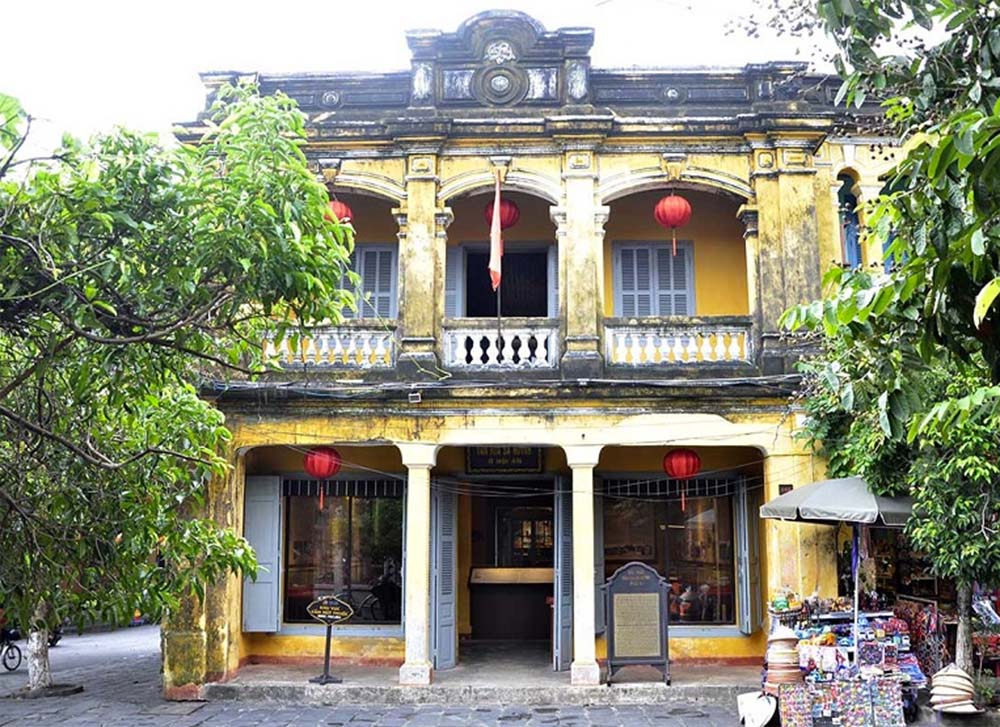
The Sa Huynh Cultural Museum stands as a key attraction among Hoi An Museums. Established in 1994, it houses relics of the Sa Huynh people, the first settlers of this land.
Archaeological finds from Hoi An and Cu Lao Cham reveal a 3000-year-old trading network. The Sa Huynh exchanged jewelry and ceramics across Asia.
This Iron Age culture forms a crucial part of Vietnam's historical triangle. It stands alongside the Dong Son and Dong Nai cultures.
The museum showcases over 950 artifacts unearthed since 1989. These include iron tools, pottery, and jewelry. The star attraction is the collection of jar tombs, a unique Sa Huynh burial practice.
Visitors can explore iron implements, clay vessels, and ornate decorations from ancient Sa Huynh settlements in Quang Nam. These items offer insight into a civilization lost to time.
The museum's location provides an unexpected bonus. From the back balcony, guests can take in a stunning view of the An Hoi Bridge and Thu Bon River.
This cultural repository not only preserves history but also offers a glimpse into the trading heritage of Hoi An. It stands as a bridge between the city's past and present.
- Address: No. 149 Tran Phu St., Hoi An.
- Opening hours: from 7:00 – 21:00 every day.
Side Note: The museum is closed on the 10th of every month for repair.
2. Museum Of Trade Ceramics Hoi An
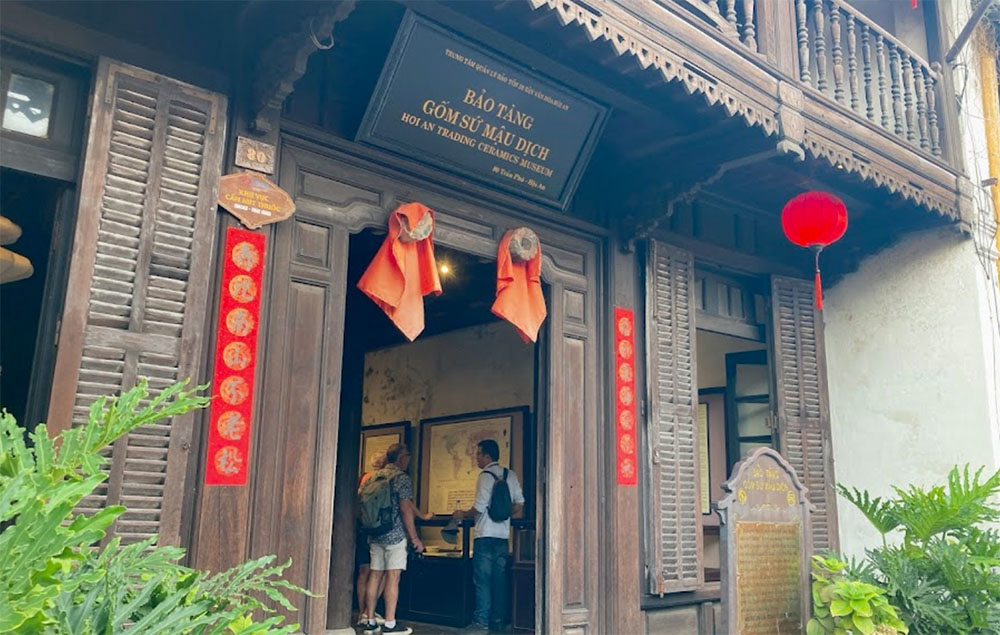
The Museum of Trade Ceramics stands as another gem among Hoi An's cultural treasures. This 1920s shophouse turned museum showcases the city's rich trading history.
Inside, visitors find a collection of 368 ceramic artifacts. These pieces span from the 9th to the 19th century. They tell the story of Hoi An's international connections, linking the city to China, Japan, Thailand, India, and the Middle East.
The museum's oldest relics date back 2,000 years. Chinese and Japanese influences are evident in local ceramics. Visitors can observe how patterns and techniques evolved over time.
A standout exhibit features 15th-century Northern Vietnamese pottery. These bowls, plates, and vases were salvaged from a shipwreck near the Cham Islands.
The museum's architecture adds to its charm. A sunlit courtyard divides the traditional two-story structure. This layout offers a glimpse into the historical merchant houses of Hoi An.
Transformed in 1995 with help from Japanese experts, this museum bridges East and West. It stands as a testament to Hoi An's role as a melting pot of cultures and a hub of ancient trade routes.
- Address: No. 80 Tran Phu St., Hoi An.
- Opening hours: 7:00 – 21:00 on weekdays.
Side Note: The museum is closed on the 15th of every month for repair.
3. Hoi An Museum of Traditional Medicine
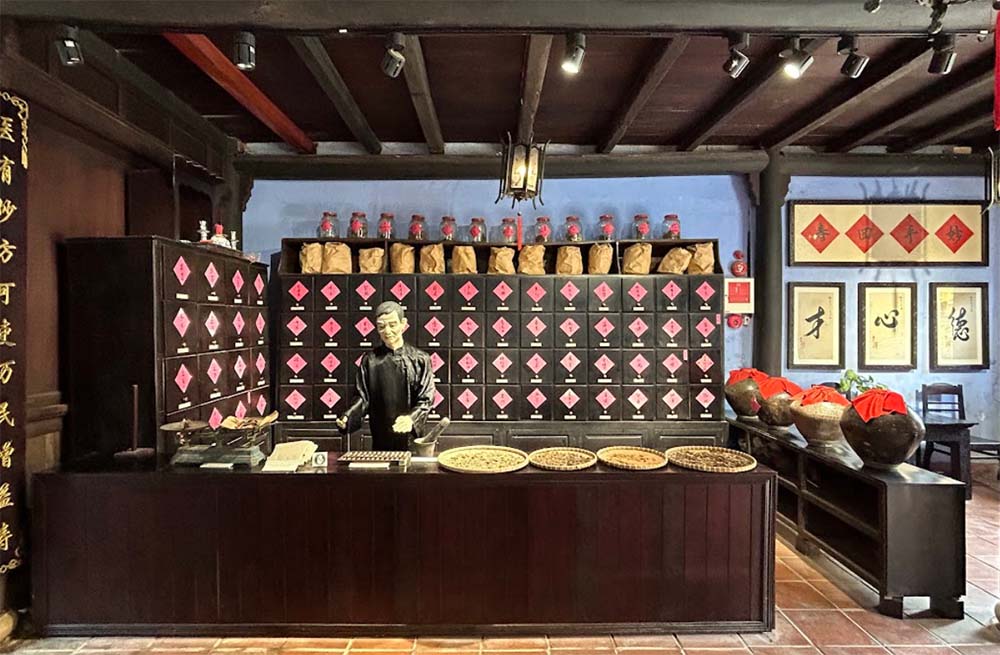
The Hoi An Museum of Traditional Medicine, opened in 2019, offers a unique glimpse into the city's healing heritage. This institution preserves a once-famous profession in Hoi An's rich history.
Visitors can explore nearly 200 original artifacts and restored items. These relics showcase the town's past as a hub for Vietnamese herbs and traditional Chinese medicine.
The museum transports guests to an old apothecary shop in Hoi An. A floor-to-ceiling herbal cabinet dominates the space. An ornate wooden screen separates the waiting area from the diagnosis section.
On display are pottery stoves, decoction pots, and other tools once used by local doctors. The exhibits also highlight methods for drying and storing medicinal herbs.
During Hoi An's golden age as a trading port, whole streets filled with the scent of healing herbs. The town became known for rare, curative substances from across Vietnam.
This museum stands as a testament to Hoi An's multifaceted past. It reveals how the city's role as a trading crossroads influenced its development as a center for traditional medicine.
The Museum of Traditional Medicine adds another layer to Hoi An's cultural tapestry. It offers insight into the intersection of trade, health, and local wisdom.
- Address: 34 Nguyen Thai Hoc, Minh An Ward, Hoi An, Quang Nam
- Opening hours: 7:00 – 21:00 on weekdays.
4. Hoi An Museum of Folklore Culture
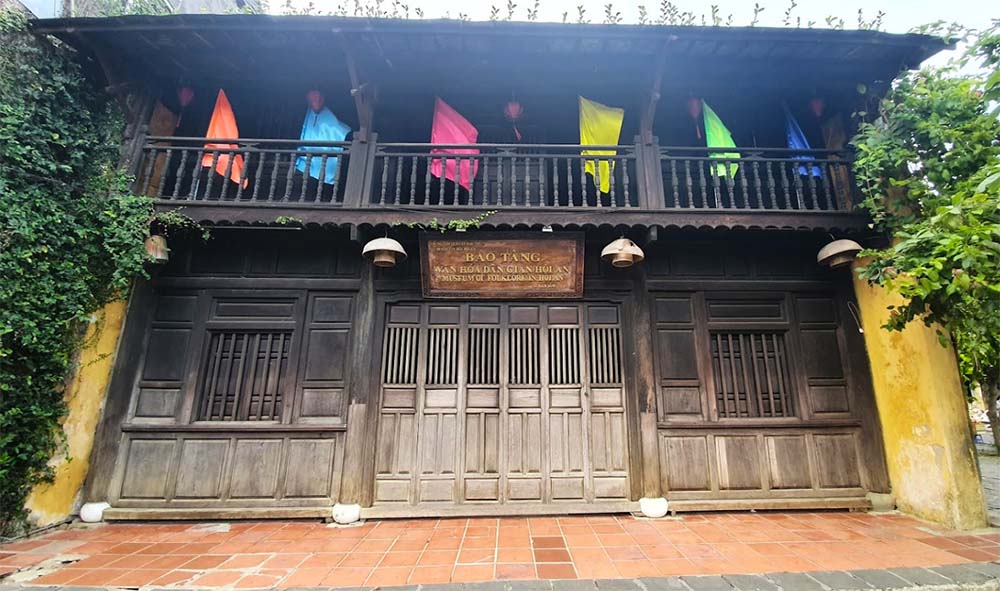
The Hoi An Folklore Museum, opened in 2005, stands as the largest museum in the city. It offers visitors a comprehensive look into the rich cultural tapestry of Hoi An and Quang Nam province.
This two-story wooden structure houses 483 artifacts, organized around four main themes: folk visual arts, performing arts, traditional craft villages, and folk activities.
On the ground floor, life-sized models showcase traditional handicrafts. Visitors can explore exhibits on lantern making, carpentry, silkworm farming, and embroidery. Detailed displays of boats, looms, and working tools bring these crafts to life.
The upper floor delves into local theater arts, costumes, and festivals. Art enthusiasts will find these displays particularly engaging, offering insight into the region's vibrant cultural expressions.
For those planning to visit Hoi An's craft villages, this museum provides essential background. It serves as an informative prelude to the artisanal experiences awaiting in the surrounding area.
The museum's location adds to its allure. Stretching from Nguyen Thai Hoc Street to the Bach Dang riverfront, it offers visitors a chance to explore Hoi An's architectural heritage while learning about its cultural traditions.
As one of the most informative museums in Hoi An, the Folklore Culture Museum weaves together the threads of local history, art, and craftsmanship into a vivid cultural narrative.
- Address: 33 Nguyen Thai Hoc St./62 Bach Dang St., Hoi An
- Opening hours: from 7:00 – 21:00 every day.
5. Precious Heritage Art Gallery Museum Hoi An
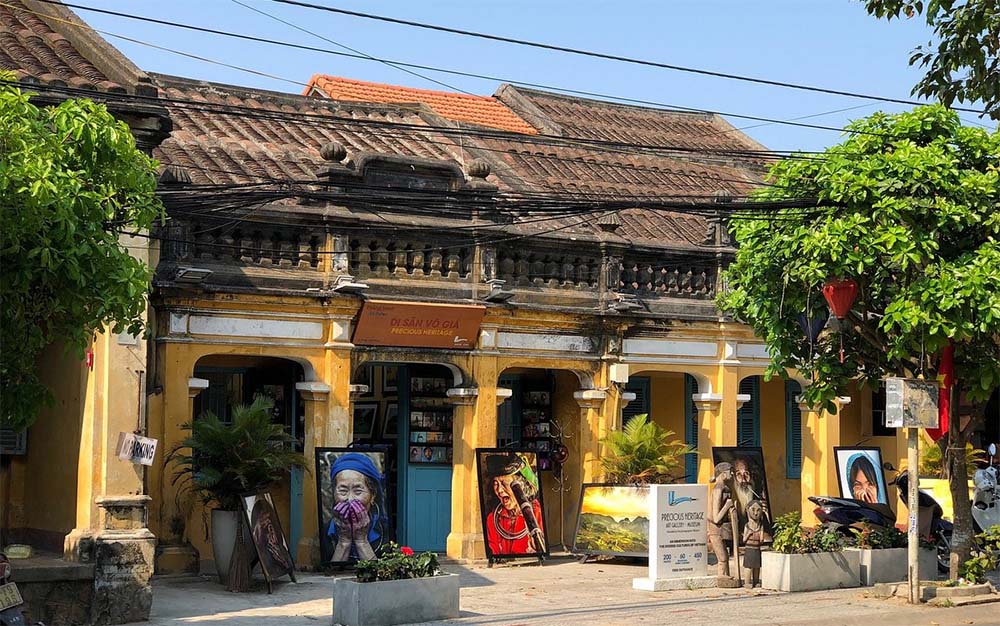
The Precious Heritage Art Gallery Museum, founded by French photographer Réhahn, offers a unique perspective on Vietnam's cultural diversity. This Hoi An museum opened in 2017, blending art and ethnography.
On the first floor, visitors encounter 200 striking portraits of Vietnamese women from ethnic minorities. These images capture mothers and children, offering intimate glimpses into their lives.
The second floor houses the Precious Heritage collection. Here, 35 traditional costumes are displayed alongside artifacts and stories from ethnic groups across Vietnam. This exhibit spans the country's North-Central-South regions.
Réhahn provides detailed information about each ethnic group in Vietnamese, English, and French. This multilingual approach enhances the museum's accessibility and educational value.
A highlight of the museum is its collection of authentic ethnic costumes from over 50 minority groups. Each garment is presented with a portrait and cultural context, showcasing the meticulous craftsmanship of these diverse communities.
The museum also features exhibits on indigo-dye crafts and a fine art photo gallery. Réhahn's award-winning images of Vietnamese people and ethnic minorities are on display.
As an ongoing project, the Precious Heritage Museum continues to evolve. Réhahn's work documenting Vietnam's 54 ethnic groups ensures that this cultural repository will grow and update over time.
This free museum stands as a symbol of successful cultural exchange between France and Vietnam. It offers visitors a profound look into the country's rich ethnic tapestry.
- Address: 26 Phan Boi Chau St., Hoi An
- Opening hours: from 8:00 to 20:00, every day.
The entrance fees for Hoi An's museums are included in the Old Town ticket, which costs 80,000 VND (3.26 USD) for domestic visitors and 120,000 VND (5.00 USD) for foreign visitors. Visitors do not need to purchase separate tickets to explore the museums, as the Old Town ticket grants access to these cultural attractions.
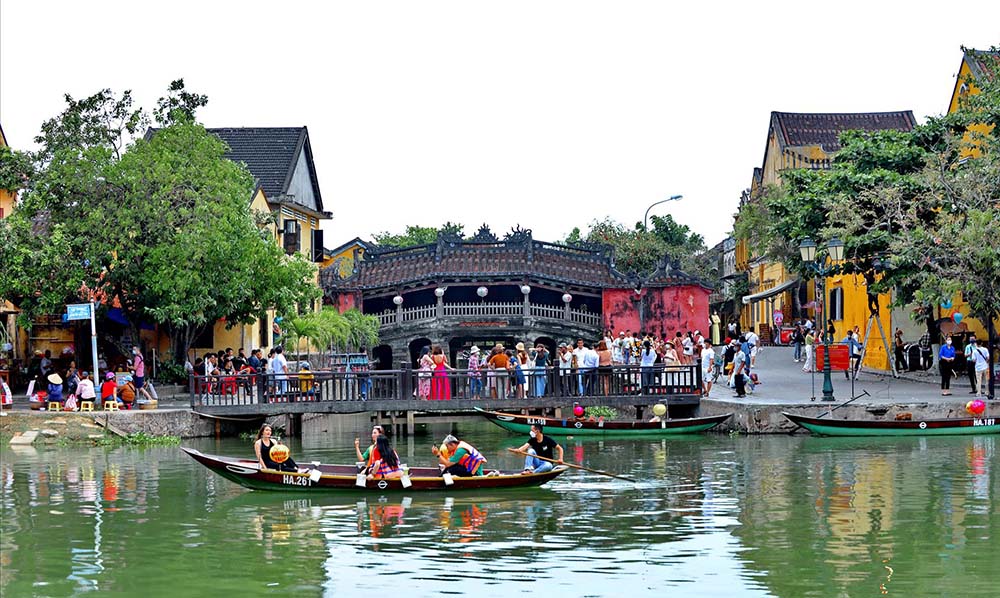
Conclusion
After immersing yourself in the rich history of Hoi An's museums, it's time to explore more of what this captivating town has to offer. Our Hoi An Travel Guide is your ultimate resource for planning the perfect trip, with insider tips on the best accommodations, dining, and transportation options.
And if you're looking for more ideas on how to spend your time, be sure to read our article on the Top Things to Do in Hoi An. From wandering the charming streets of the Old Town to taking a scenic bicycle ride through the countryside, there's no shortage of unforgettable experiences in this Vietnamese gem.
FAQ
Why is Hoi An so famous?
Hoi An Ancient Town is known for being a well-preserved Southeast Asian trading port from the 15th to 19th centuries. Its buildings and layout show a mix of local and foreign influences, creating a unique heritage site.
Why do people love Hoi An?
Hoi An is special because it balances the busy UNESCO Heritage Site in the Ancient Town with the peacefulness of a typical Vietnamese countryside village. Plus, beautiful sandy beaches and tasty food are just a short bike ride away.
What does Faifo mean?
Faifo, another name for Hoi An, means “peaceful meeting place.” The town's architecture and style reflect Chinese, Japanese, and French influences, showcasing its rich cultural history.
How many days in Hoi An?
Three days are enough to see all of Hoi An's main attractions. If Da Nang isn't on your itinerary, consider staying for four days. This charming historical city is a gem, and despite being touristy, it offers a delightful experience.

